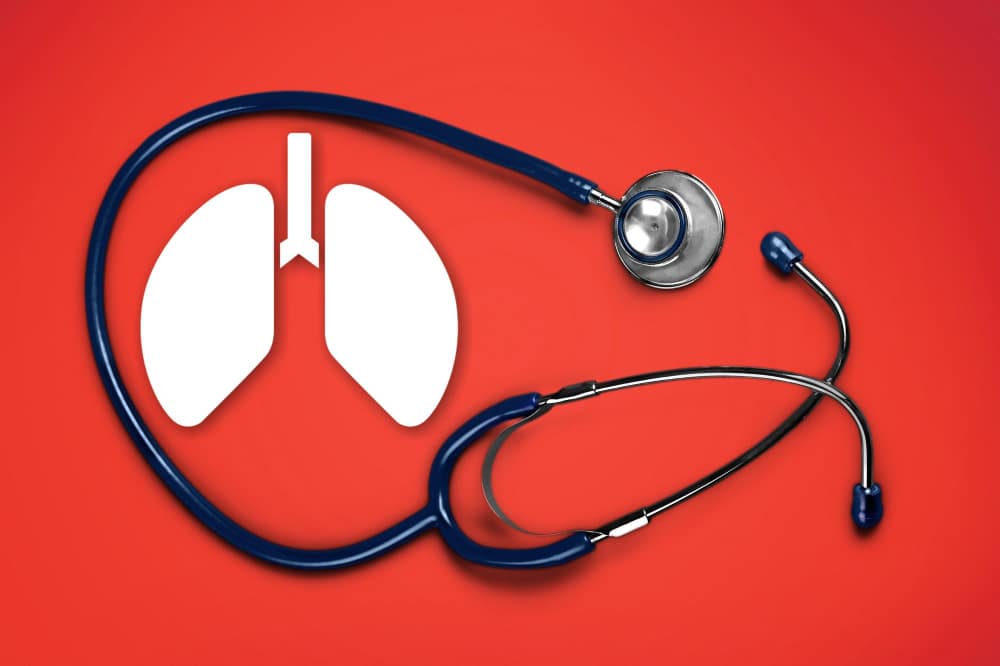Contents
What is Chronic Obstructive Pulmonary Disease, and what are the symptoms?
As the name implies, Chronic Obstructive Pulmonary Disease, commonly called COPD, covers a group of progressive lung conditions. These conditions include the more familiar terms chronic bronchitis and emphysema. Emphysema slowly attacks the air sacs in your lungs, and bronchitis inflames the bronchial tubes. Both conditions make breathing harder, often described as wheezing or breathlessness.
Early symptoms can be mild and easily mistaken for a cold. For example, you may be short of breath after even everyday activities. You may experience mild fits of coughing or the need to clear your throat more often, especially after sleeping.
These symptoms on their own may only be signs of a seasonal cold or ‘flu. They should ease and disappear within 2-3 weeks. Consult your doctor if these symptoms show signs of persisting or growing worse.
What causes COPD?
Usually, COPD is caused by the prolonged inhalation of contaminated air (particles or gases). The most obvious example is smoking (or vaping) tobacco products (85-90%, CDC). Smoking a cigarette, a cigar, or a pipe, damages the lungs. Long-term exposure to secondhand smoke, chemicals, toxic fumes, or dust, e.g., in the workplace, can also cause COPD.
Long-term exposure to atmospheric air pollution, such as vehicle exhaust fumes, can also cause COPD. Whatever the trigger, your risk is greater if you suffer or have ever suffered from asthma, have any allergies, or have a history of childhood respiratory infections
How common is COPD?
The CDC (Centers for Disease Control and Prevention) states that 16 million (about 6% of adults) Americans have this disease (July 2022). COPD is a leading cause of disease-related death in the United States and accounts for over 156,000 deaths in the US each year. Only heart disease and cancer exceed this figure.
COPD, particularly in its early stage of development, is difficult to diagnose. The symptoms often only become apparent from age 40 yrs. The development of the condition is relatively slow, and the most common age to receive a diagnosis for COPD is 65 onward. Many people between the ages of 40 and 65 have early-stage COPD and are unaware of it.
Can COPD be Cured or prevented?
There is no cure for COPD. Treatment can slow and even halt the development of the disease and control the symptoms. The most important protection is to reduce the risks that increase the opportunity of the disease occurring.
An overwhelming number of cases of COPD are associated with the prolonged inhalation of contaminated air, such as tobacco smoke. 85-90% of diagnosed COPD sufferers are or have been smokers. The chemicals carried into the lungs by the smoke can damage the lungs and airways, increasing the risk of respiratory infections. Even non-smokers are at increased risk of COPD from secondhand chemical-laden tobacco smoke, so-called ‘passive smoking.
Those people who smoke are at the most risk of COPD. Although smoking is not the only cause of COPD, giving up smoking is the best way to reduce the risk of contracting COPD and prevent further damage to the lungs. There are other risk factors primarily associated with airborne contaminants
- In the home, avoid exposure to
- Air pollutants such as hair sprays
- Combustion fumes, e.g., coal, wood, biomass fuel
- Cleaning fluids, e.g.ammonia
- Dust (airborne)
- Secondhand smoke
- In the workplace, avoid exposure to
- Airborne particles, e.g., sawdust, filings, dust
- Smoke, chemical fumes
- Secondhand smoke
- In the environment, try to avoid
- Vehicle exhaust fumes
- Industrial smoke
- Smog
Should I get vaccinated?
People with COPD (or asthma) are at higher risk of complications and hospitalization from diseases that affect the lungs. Covid-19, the flu, and even the common cold are vaccine-preventable examples. Immunization offers the best protection against vaccine-preventable diseases.
- Covid-19
- Influenza vaccine – protects against seasonal ‘flu each year
- Tdap vaccine – protects against
- Tetanus
- Diptheria
- Whooping cough
- Pneumococcal vaccine – protects against pneumococcal disease (pneumonia)
- Zoster vaccine – protects against shingles
Your ACA-compliant health plan ensures these vaccines are free when your healthcare provider is within your plan’s network.
Will COPD affect my health insurance?
Your health insurance provider cannot refuse you coverage on the grounds of a pre-existing condition. Open Enrollment (typically beginning October 15 th each year) is your opportunity to ensure your health insurance plan best matches your circumstances. A Special Enrollment Period (SEP) to which you are entitled, e.g.if, you move house, turn 65, or change employment, also gives you a chance to switch plans.
Maybe you are diagnosed with COPD or any other chronic condition. It makes sense to consider your need for regular treatment, medication, prescription drugs, and appliances, which can be expensive.
Your doctor or medical adviser will guide you on the treatments you need. Establishing the annual cost and evaluating the relative merits of the health insurance plans available to you is crucial.
An experienced, qualified health insurance broker can help you choose the plan that best suits your circumstances.
Image Source: Freepik

